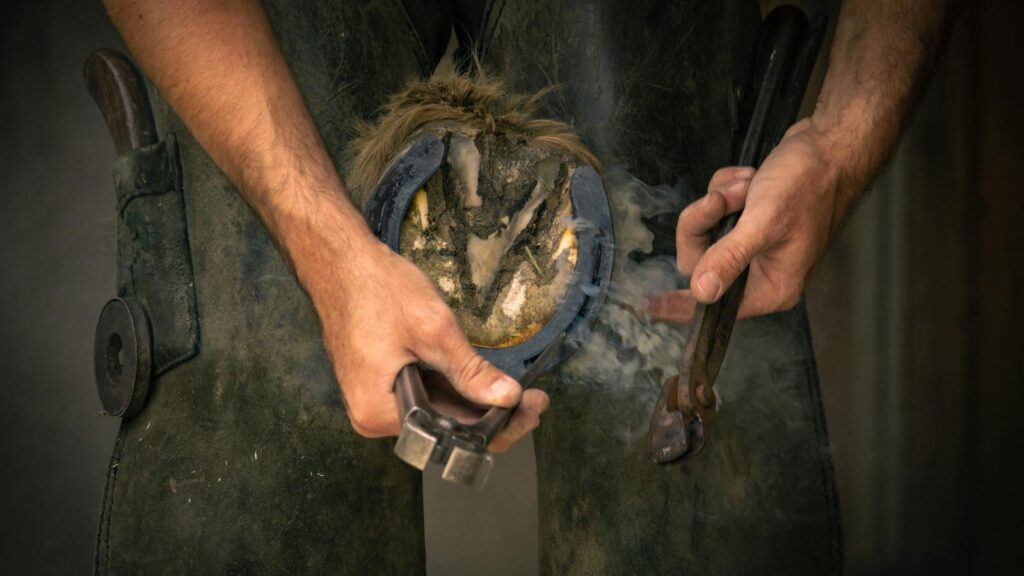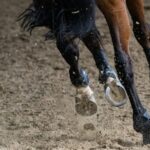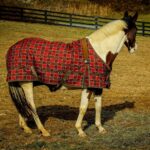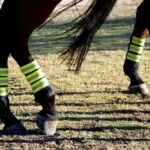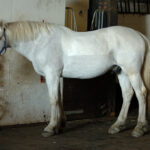For centuries, horses have traversed diverse terrains with their naturally adapted hooves. Modern horsekeeping practices, however, have often moved away from this natural approach, with metal horseshoes becoming standard. In recent decades, there has been a significant resurgence of interest in barefoot trimming—a practice that aims to maintain healthy, functional hooves without metal shoes. This approach recognizes the hoof as a dynamic, living structure that adapts and responds to its environment. When implemented correctly, transitioning to barefoot can improve hoof health, enhance performance, and resolve many common hoof-related issues. However, this transition requires careful planning, knowledge, and patience to ensure the horse’s comfort and wellbeing throughout the process.
Understanding the Basics of Barefoot Hoof Care

Barefoot trimming is not simply the removal of shoes but a comprehensive approach to hoof care that mimics the natural wear patterns horses would experience in the wild. This method acknowledges that hooves are designed to flex, expand, and contract with each step, providing natural shock absorption and circulation. The barefoot approach focuses on maintaining appropriate hoof angles, balanced weight-bearing surfaces, and proper heel-to-toe ratios. Unlike some traditional farriery methods that can sometimes compromise hoof function for aesthetic purposes, barefoot trimming prioritizes functionality and long-term soundness. Additionally, barefoot trimmers typically work with the horse’s natural biomechanics rather than forcing the hoof to conform to predetermined shapes or angles that might not be appropriate for that individual horse.
Assessing If Your Horse Is a Good Candidate
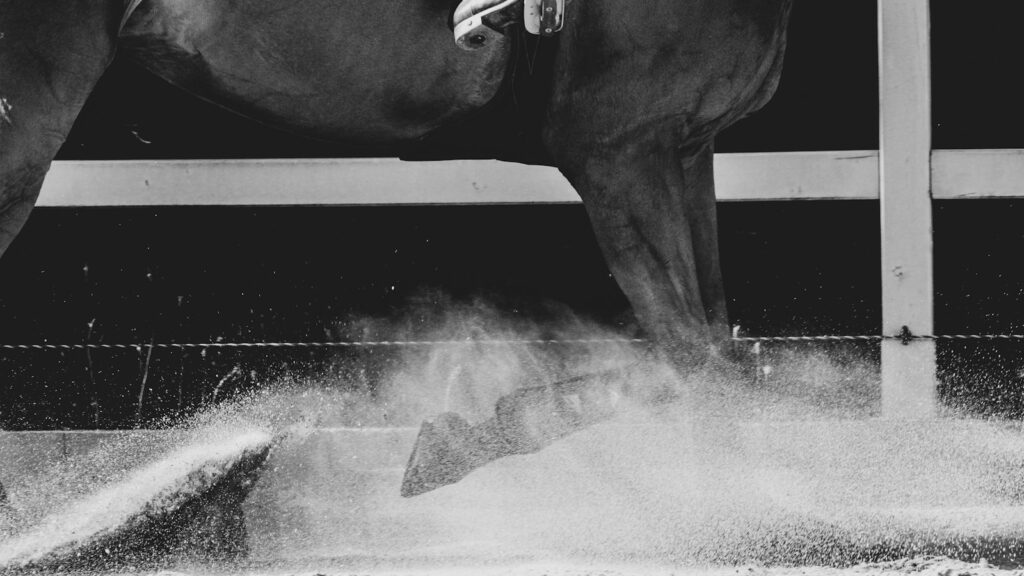
Not every horse can transition to barefoot immediately, and some may require special considerations. Factors such as age, breed, existing hoof conditions, and living environment all play crucial roles in determining if and how a horse should go barefoot. Horses with thin soles, chronic laminitis, or severe conformational issues may need more time and specialized care during the transition. A professional assessment should evaluate the current hoof health, examining wall quality, sole thickness, digital cushion development, and overall balance. Horses with healthy hooves and good movement generally adapt more quickly to barefoot, while those with compromised hooves may require a more gradual approach with supportive measures. It’s also important to consider your horse’s workload and the surfaces they typically work on before making this significant change.
Finding a Qualified Barefoot Practitioner
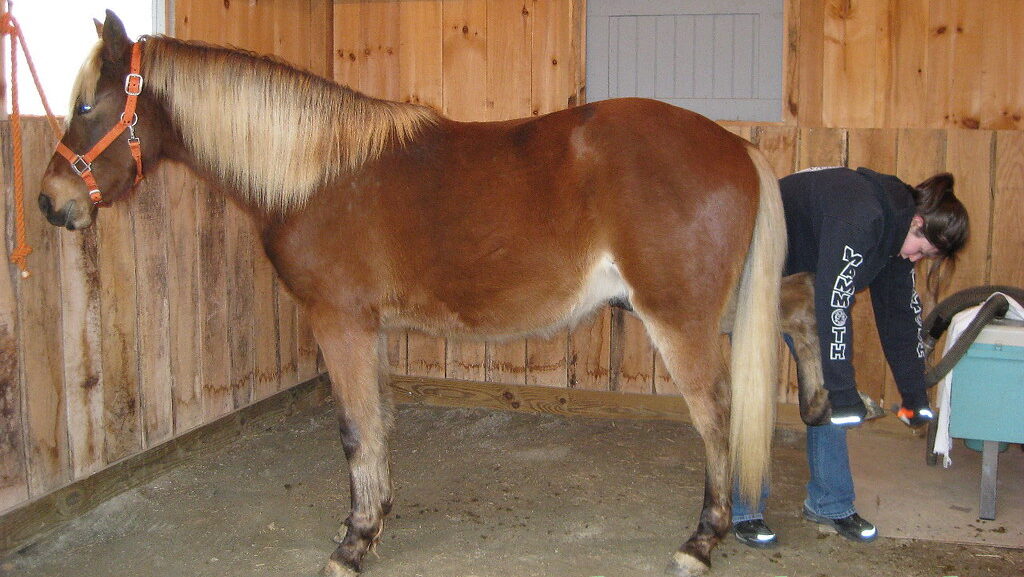
The skill and approach of your barefoot trimmer are paramount to a successful transition. Look for professionals who have received formal training in natural hoof care methods and have a solid understanding of equine anatomy and biomechanics. A good barefoot trimmer will take the time to assess the whole horse, not just the hooves, recognizing that hoof health is intrinsically connected to the horse’s overall well-being and movement patterns. They should be willing to explain their approach, answer questions, and work collaboratively with your veterinarian if needed. Ask for references from current clients, particularly those with horses similar to yours in terms of breed, discipline, or pre-existing conditions. Professional organizations such as the American Hoof Association or the Institute for the Study of Natural Horse Care Practices can help you locate qualified trimmers in your area.
Preparing Your Horse’s Environment
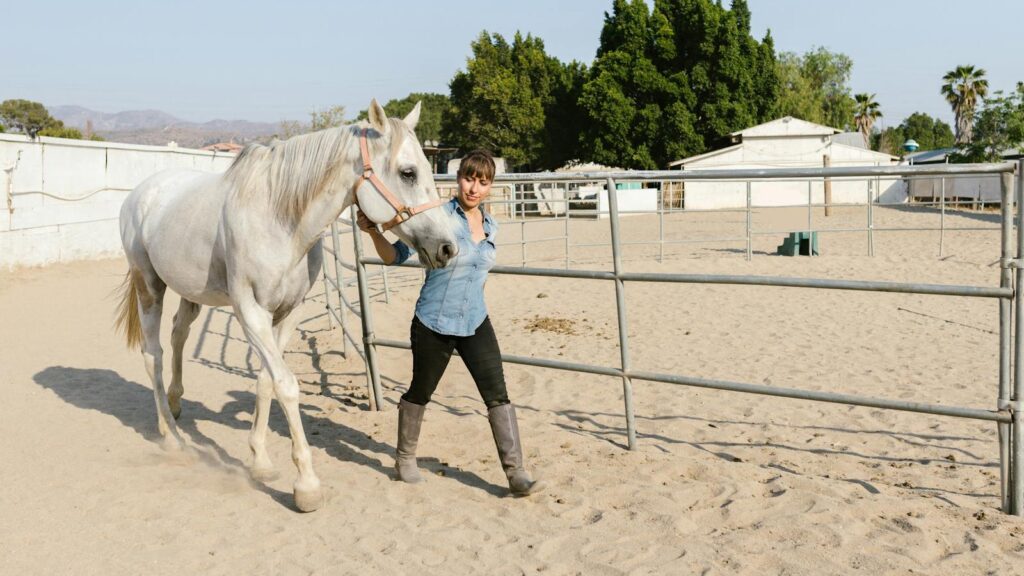
A supportive environment is crucial for horses transitioning to barefoot, as the hooves need appropriate stimulation without excessive wear or trauma. Ideally, horses should have access to varied terrain that includes both soft and firm surfaces to promote proper hoof development and toughening. Hard-packed dirt, pea gravel areas, and natural terrain offer beneficial stimulation, while deep mud or excessively rocky areas may be problematic during the initial transition. Consider modifying high-traffic areas like those around water troughs or gates, with materials that promote healthy hoof wear without causing discomfort. Keeping turnout areas clean and dry helps prevent thrush and other moisture-related problems that can compromise hoof health. Some horses benefit from having a designated “rehabilitation track” that encourages movement over different surfaces, naturally promoting better hoof form and function.
Creating a Transition Timeline

A successful barefoot transition rarely happens overnight, but requires careful planning and a realistic timeline. For most horses, the process takes between 6-12 months for full adaptation, with the initial 8-12 weeks being the most critical period. Begin by developing a detailed plan with your trimmer, considering factors such as your horse’s current hoof condition, season, and workload. Some horses transition best by having all shoes removed at once, while others do better with a gradual approach, perhaps removing hind shoes first before addressing the typically more sensitive front hooves. Time your transition strategically if possible—many professionals recommend starting in late spring or early summer when the ground is softer and hooves naturally grow faster. Remember that each horse’s timeline will be unique, and being flexible while monitoring progress is essential for success.
The Initial Shoe Removal Process
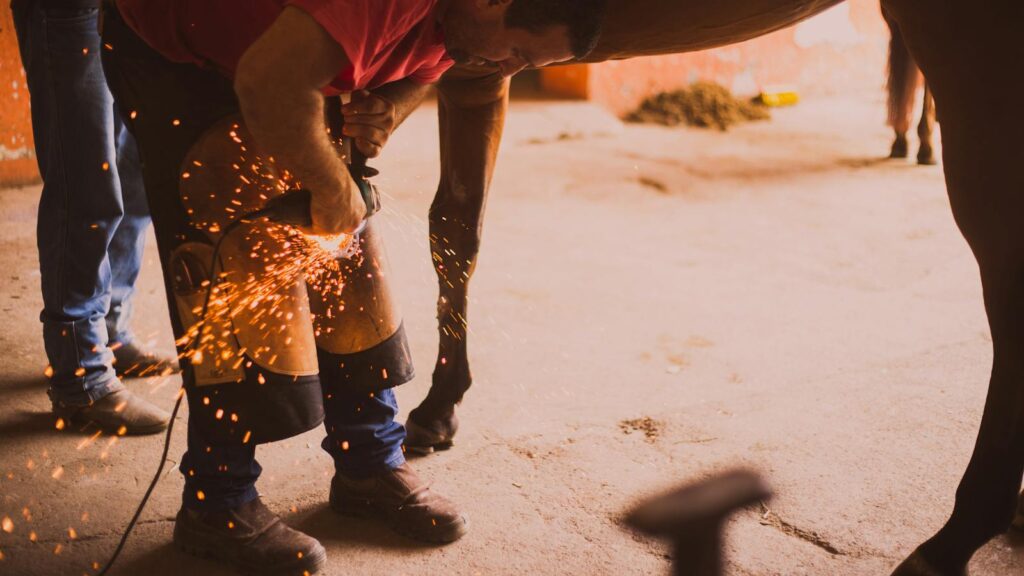
The moment of first shoe removal marks the beginning of your horse’s barefoot journey and requires careful consideration. Schedule this appointment when you’ll have time to monitor your horse closely for several days afterward. Upon removal, your trimmer should perform an initial balancing trim that addresses any distortions while being conservative enough to avoid over-trimming sensitive structures. They should document the hoof condition with photographs and measurements to track future progress. Expect some initial sensitivity, especially if your horse has been shod for many years, as the hooves have likely become dependent on the support and protection that shoes provide. After the trim, observe how your horse moves in different environments, noting any areas of discomfort that may need to be addressed in future trimming sessions or through temporary protection measures.
Managing Sensitivity and Discomfort
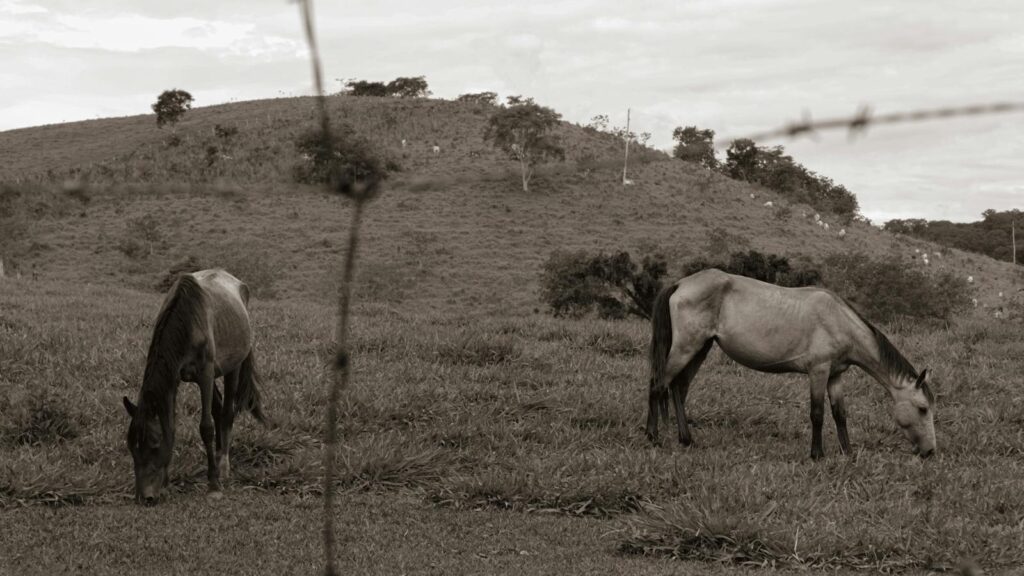
Some degree of sensitivity is normal during the transition to barefoot, but excessive pain or lameness should never be considered acceptable. To manage mild discomfort, consider using hoof boots when riding or turning out on particularly challenging surfaces. These protective boots come in various styles and sizes, providing temporary protection while the hooves strengthen naturally. Apply topical hardeners sparingly if needed to help toughen soles, though these should be used judiciously to avoid drying out the hoof excessively. Some horses benefit from nutraceutical supplements that support hoof growth and integrity, containing ingredients like biotin, methionine, and zinc. Environmental management is equally important—providing soft bedding in stalls and creating comfortable resting areas can give sensitive hooves the break they need while still encouraging adequate movement for stimulation.
Implementing Proper Nutrition for Healthy Hooves
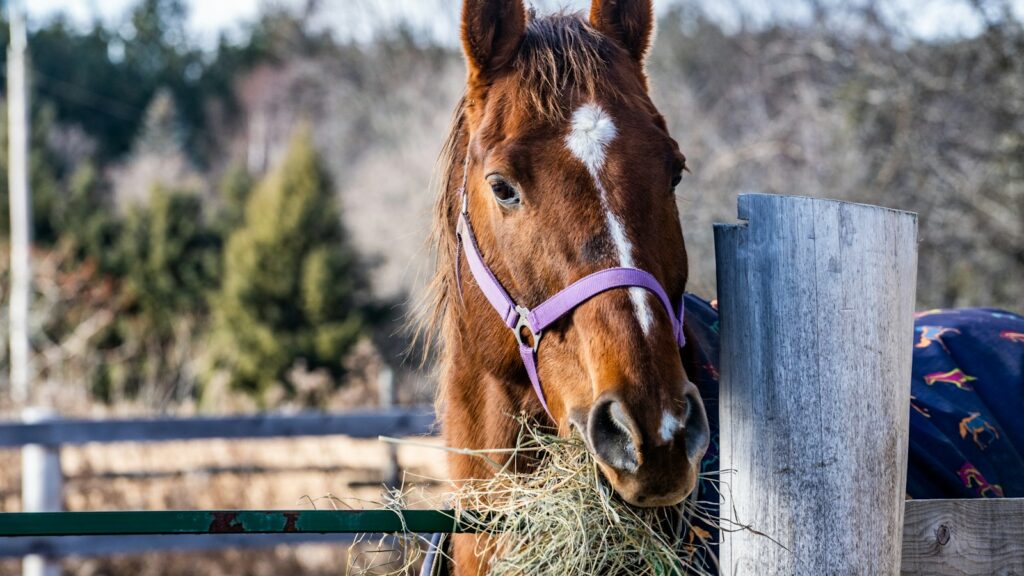
Nutrition forms the foundation of hoof health and is particularly important during the barefoot transition. A balanced diet rich in quality forage should be the cornerstone of your feeding program, as the fiber and nutrients in hay or grass support overall health and hoof integrity. Certain nutrients play specific roles in hoof development—biotin influences horn quality, copper and zinc are essential for keratin production, and omega-3 fatty acids help maintain the hoof’s moisture balance. Consider working with an equine nutritionist to evaluate your horse’s current diet and make appropriate adjustments based on their specific needs and local forage quality. Many horses benefit from vitamin and mineral supplements during the transition period, especially if there are deficiencies in their regular feed. Remember that dietary changes take time to show effects in the hoof—new horn grows from the coronary band at a rate of approximately 3/8 inch per month.
Establishing an Appropriate Trimming Schedule

Consistent, frequent trimming is essential during the barefoot transition to maintain balance and encourage proper development. Most horses benefit from trims every 4-6 weeks initially, though this may need to be adjusted based on individual growth rates and environmental conditions. During each trim, your practitioner should make incremental changes that progressively improve the hoof shape without causing undue stress to sensitive structures. As the transition progresses, some horses may develop more naturally self-maintaining hooves that require less frequent professional intervention. Document each trim with photographs to track subtle changes over time, noting improvements in wall connection, sole thickness, and overall shape. Establishing a regular schedule not only keeps the hooves balanced but also allows for consistent monitoring of the transition process, enabling quick responses to any concerns that arise.
Modifying Exercise During Transition
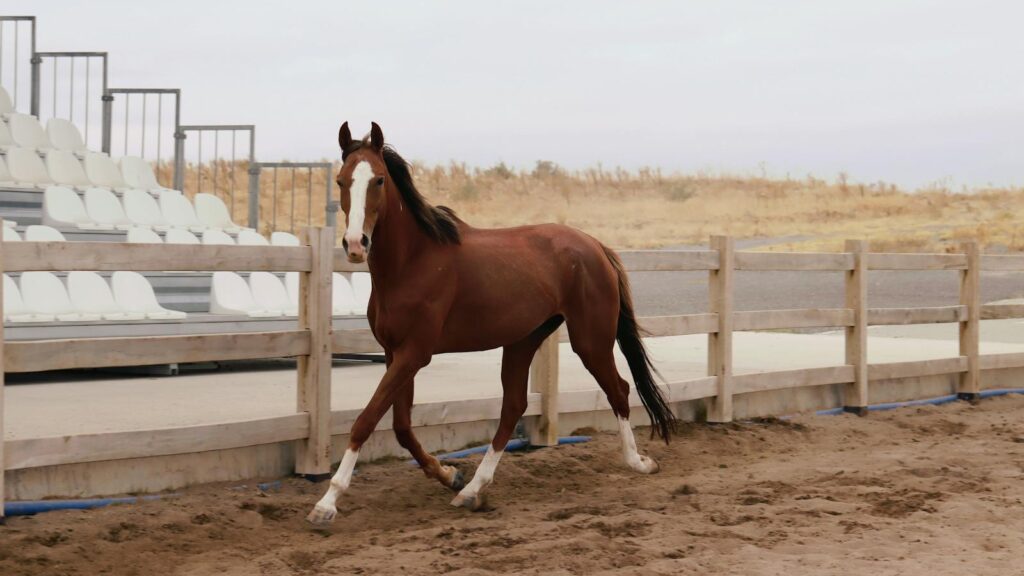
Appropriate movement is critical during the barefoot transition—too little fails to stimulate proper hoof development, while too much can cause pain and setbacks. Begin with controlled walking on gradually increasing varieties of surfaces, starting with softer footing and progressively introducing more challenging terrain as tolerance improves. Consider implementing in-hand work and liberty exercises that encourage the horse to move willingly at their own pace, allowing them to self-regulate pressure on their hooves. For riders, use hoof boots during workouts to protect sensitive hooves while still allowing the benefits of barefoot stimulation during turnout time. Monitor your horse carefully during and after exercise, noting any changes in stride length, willingness to move forward, or post-workout discomfort. As the transition progresses, gradually increase the duration and intensity of workouts, always respecting your horse’s comfort level and adjusting your expectations accordingly.
Using Hoof Boots Effectively

Hoof boots serve as valuable transitional tools, providing protection while allowing the benefits of barefoot stimulation when removed. The market offers numerous styles—from trail riding models to therapy boots designed for rehabilitation—each serving specific purposes in the barefoot journey. Proper fitting is crucial; boots that are too tight can restrict blood flow and cause rubs, while those too loose may twist or come off during movement. Work with a knowledgeable professional to measure your horse’s hooves correctly and select appropriate models based on your horse’s needs and activities. Many horses require different sizes or even different boot styles for front versus hind feet due to natural shape differences. Establish a regular maintenance routine for your boots, checking for wear, cleaning debris, and ensuring all fasteners work properly to maximize their effectiveness and longevity during this critical transition period.
Monitoring Progress Effectively
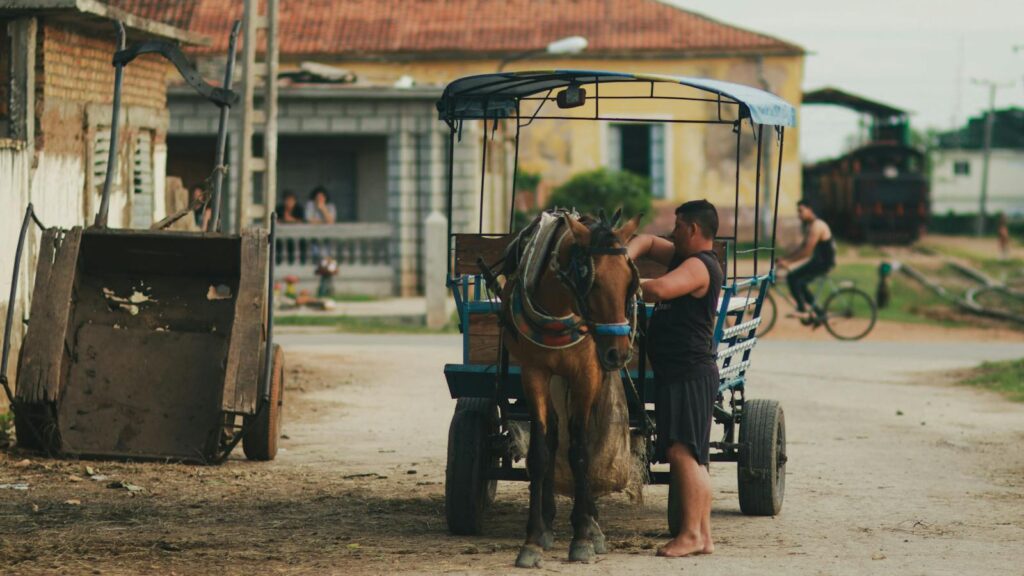
Systematic assessment is essential to track your horse’s barefoot development and address any issues promptly. Keep a detailed journal documenting trim dates, changes in hoof appearance, and observations about comfort levels on different surfaces. Take regular photographs from consistent angles—front, both sides, solar view, and heel view—ideally in the same lighting conditions for accurate comparisons over time. Look for positive changes such as developing concavity in the sole, a tighter white line, stronger heel bulbs, and a more pronounced frog. Track behavioral indicators, too—increased willingness to move on various surfaces, more comfortable stance, and improved overall movement often signal successful adaptation. Some owners find it helpful to use objective measures like marking stride length or timing trot sets on specific surfaces to quantify improvements beyond visual assessment.
Troubleshooting Common Transition Challenges
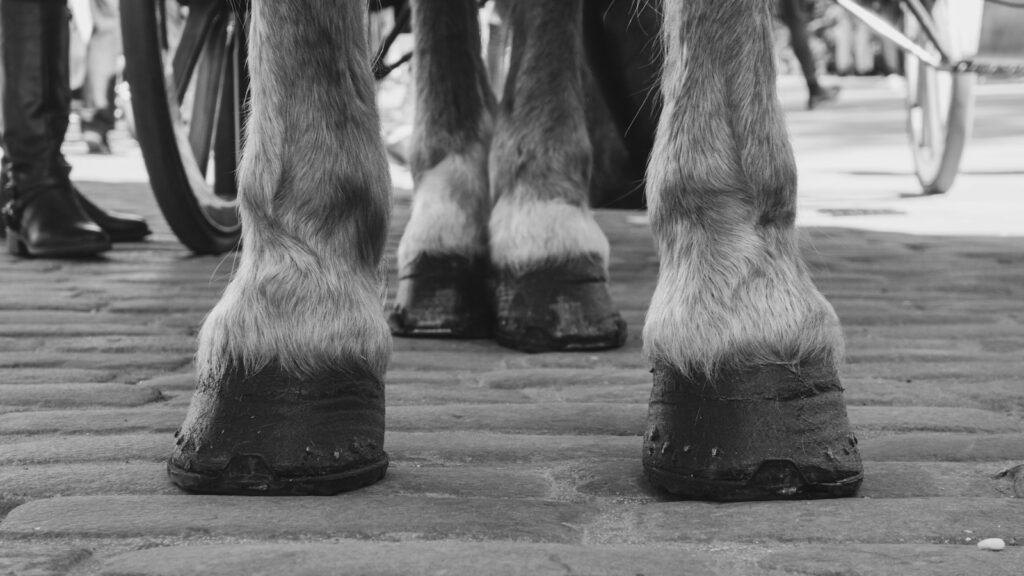
Even with careful planning, challenges can arise during the breastfeeding transition that require prompt, informed responses. Persistent tenderness beyond the expected adjustment period may indicate the need for more frequent trimming, dietary adjustments, or temporary boot use. Flaring walls often occurs during transition as the hoof reconfigures itself; these typically require careful beveling and consistent trimming to resolve gradually. Contracted heels may take significant time to open, requiring specific trimming techniques and environmental adjustments to encourage expansion. If thrush develops, implement a rigorous cleaning routine with appropriate antimicrobial treatments while addressing the underlying environmental causes. For horses showing signs of subsolar abscesses—a common occurrence as the hoof cleans itself during transition—work with your veterinarian and trimmer to establish appropriate drainage and supportive care while maintaining the barefoot approach whenever possible.
Recognizing When to Seek Additional Help

While some challenges during barefoot transition are normal, certain situations warrant professional intervention beyond routine care. Persistent lameness that doesn’t improve within 24-48 hours, especially if accompanied by heat, strong digital pulses, or significant discomfort, requires immediate veterinary assessment. Recurring abscesses, particularly in the same location, may indicate underlying issues that need diagnostic imaging to identify and address properly. Significant changes in your horse’s willingness to move or abnormal stance patterns that persist despite appropriate trimming and boot use should also prompt further investigation. In some cases, radiographs or other imaging may be necessary to evaluate internal structures and guide the trimming approach more precisely. Remember that seeking additional help isn’t a failure of the barefoot method but rather a responsible step toward ensuring your horse’s comfort and well-being throughout this significant transition.
conclusion
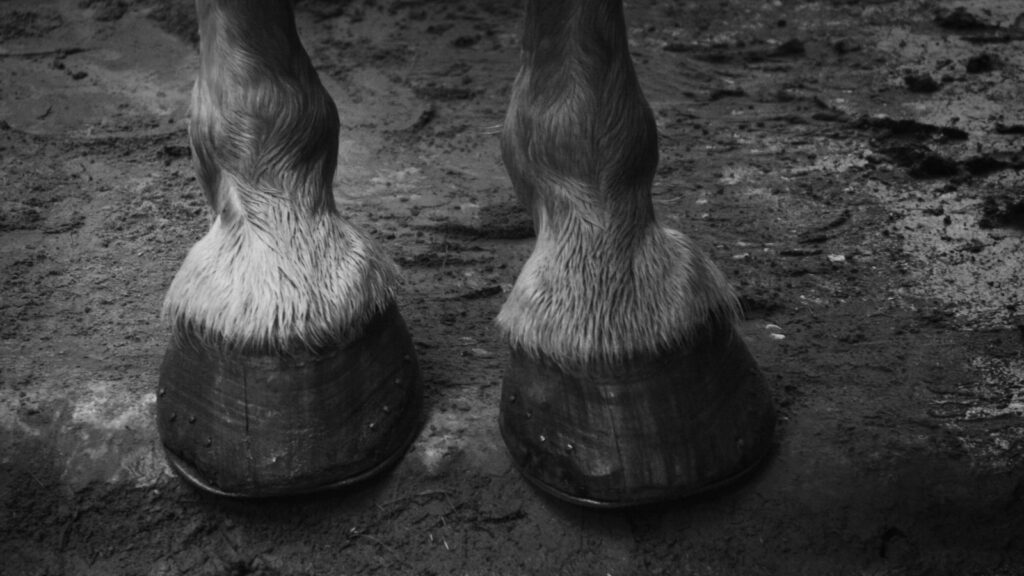
Transitioning a horse to barefoot trimming represents a commitment to working with nature rather than against it, allowing the horse’s hooves to function as they were evolutionarily designed to do. When implemented with knowledge, patience, and appropriate support, this approach can lead to remarkably resilient, healthy hooves that perform well across various disciplines and terrains. The journey requires a partnership between horse owner, trimmer, and sometimes veterinarian, with the horse’s comfort and well-being always at the center of decision-making. By understanding the process, preparing properly, and responding thoughtfully to challenges, you can guide your horse through this transition safely, setting the foundation for years of improved hoof health and natural function.

